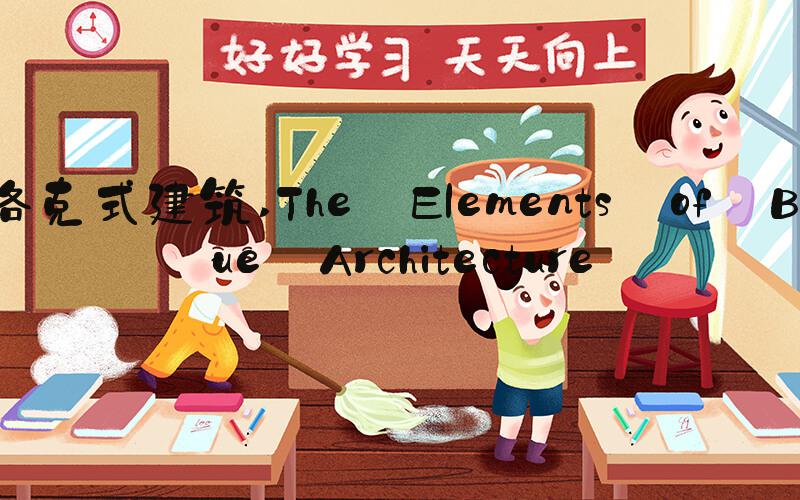 Introduction: What is Baroque Architecture?
Introduction: What is Baroque Architecture?Baroque architecture is an architectural style that originated in Italy and spread around Europe during the 16th and 17th centuries. This style is characterized by its ornate and extravagant design, which was meant to evoke emotion and awe in the viewer. Baroque architecture is often characterized by its use of curved lines, elaborate decoration, and dramatic lighting. It was a style that was used primarily by the Catholic Church, which was seeking to promote the power and strength of the Catholic Church during the Counter-Reformation, a time when the Church was facing a lot of criticism.
The Elements of Baroque ArchitectureThere are several key elements of Baroque architecture that are important to understand. One of the most important elements is the use of theatricality and drama. Baroque architecture was designed to be a spectacle, with grand facades, large domes, and dramatic lighting that created a sense of awe in the viewer. Another important element is the use of curved lines and complex shapes, which were used to create a sense of movement and energy. The use of light and shadow was also important, with buildings often designed to create a contrast between light and dark, which was meant to evoke a sense of drama and emotion.
Examples of Baroque ArchitectureThere are many examples of Baroque architecture across Europe, but perhaps the most famous is the Palace of Versailles in France. The palace was built by Louis XIV in the 17th century and is characterized by its grand, ornate design, which reflects the opulence and power of the French monarchy at the time. Another famous example is St. Peter's Basilica in Rome, which was designed by Michelangelo and is one of the most iconic examples of Baroque architecture in the world. The church is characterized by its large dome, ornate decoration, and dramatic lighting.
The Legacy of Baroque ArchitectureBaroque architecture had a significant impact on the world of architecture, and its influence can still be seen today. The style was characterized by its emphasis on drama and emotion, and this approach has continued to influence architects to this day. Many modern architects still use curved lines and complex shapes in their designs, and the use of light and shadow is still an important part of modern architectural design. Overall, Baroque architecture left a lasting legacy and continues to be an important part of architectural history.
Conclusion: Baroque Architecture as a Reflection of SocietyBaroque architecture was a reflection of the society in which it was created. It was a time when the Catholic Church was seeking to promote its power and influence, and the grand, ornate designs were used to evoke awe and emotion in the viewer. It was also a time when monarchies were asserting their power and control, and the opulent designs of palaces and cathedrals reflected this. In many ways, Baroque architecture was a celebration of power and extravagance, and it remains a fascinating and important part of architectural history.
